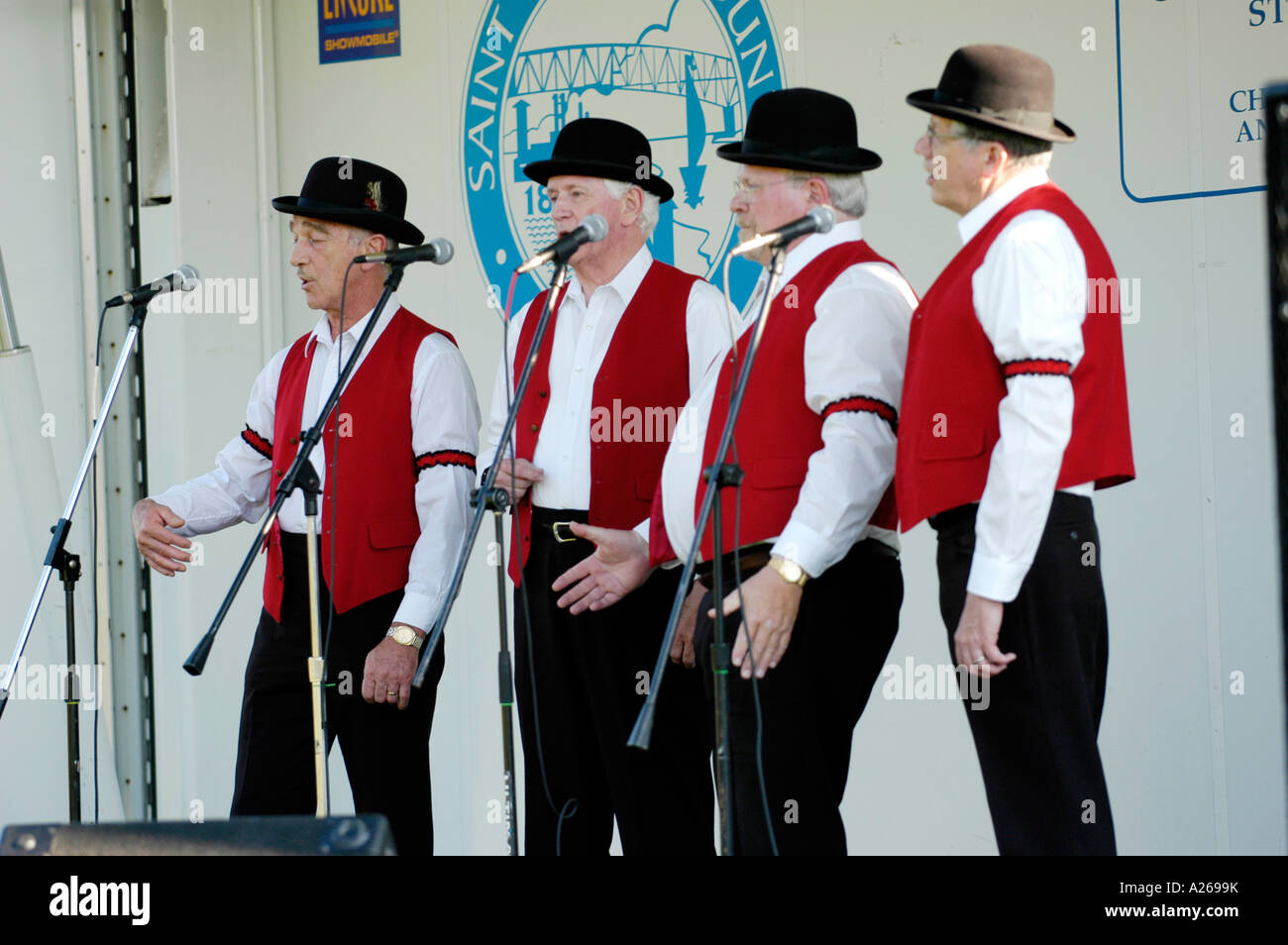
The society's first meeting was held at the Tulsa Club in Tulsa, Oklahoma, on April 11, 1938, and it was open only to male singers. It was revived in the late 1930s along with the founding of the Society for the Preservation and Encouragement of Barber Shop Quartet Singing in America (SPEBSQSA), now known as the Barbershop Harmony Society, or BHS. īy the 1920s, the popularity of the style had begun to fade. Although the African American influence is sometimes overlooked, these quartets had a formative role in the development of the style.

The style is considered a blend of White and African American musical styles. While many sources claim that barbershop singing originated in the late 19th and early 20th centuries in the United States of America, some maintain that the origins of barbershop singing are "obscure". Main article: Barbershop music § Historical origins

BARBERSHOP QUARTET LOGIC PRO X TUTORIAL SERIES
īarbershop quartets have been featured in popular culture in musical theater productions such as The Music Man, or lampooned in television series such as The Simpsons and Family Guy. While the regional origins of barbershop quartet singing are not wholly agreed upon, current organizations that promote the style typify it as an "old American institution." While the style is most popular in the United States, barbershop organizations exist in the United Kingdom, The Netherlands, Germany, Ireland, South Africa, Finland, Sweden, New Zealand, Australia, and Canada. The voice parts for women's and mixed barbershop groups use the same names as those for male groups since the roles perform similar functions in the quartet although the vocal ranges may be different. All-female barbershop quartets were often called beauty shop quartets, a term that has fallen out of favor. While the traditional barbershop quartet included only male singers, contemporary quartets can include any gender combination. Barbershop music is typified by close harmony- the upper three voices generally remain within one octave of each other. The baritone normally sings just below the lead singer, sometimes just above as the harmony requires. The four voices are: the lead, the vocal part which typically carries the melody a bass, the part which provides the bass line to the melody a tenor, the part which harmonizes above the lead and a baritone, the part that frequently completes the chord. The US Navy Band Northwest's Barbershop QuartetĪ barbershop quartet is a group of four singers who sing music in the barbershop style, characterized by four-part harmony without instrumental accompaniment, or a cappella.


 0 kommentar(er)
0 kommentar(er)
